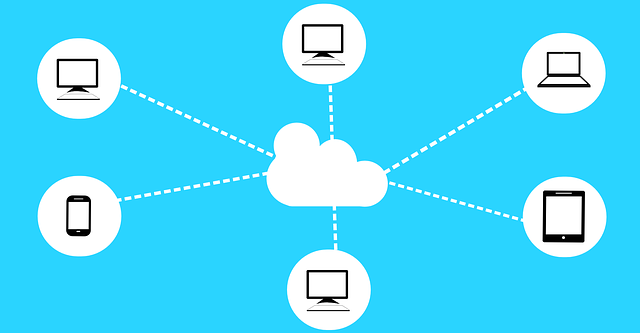Computer-based systems for collecting and analyzing animal behavior data have enabled labs to run faster, more reproducible experiments than would otherwise be possible through manual behavior scoring. But while these systems have enabled significant gains in the field of preclinical research, they were created in an era prior to the widespread adoption of the internet and cloud-based computing and storage. Instead of data being collected and stored in an internet-accessible repository – as is common practice across a range of consumer and commercial systems today – data from these systems are typically stored on the physical desktop or laptop computer that is directly connected to the instrument.
This creates challenges for researchers in several ways. First, it is difficult for stakeholders to see data in real time as it is collected, limiting opportunities to make any necessary adjustments to testing parameters. This is particularly problematic for research cores and contract research organizations (CROs) where the investigator is not necessarily the one responsible for data collection. Second, it is impractical to work with multiple contributing collaborators under the current paradigm until all data collection is complete and the data can be shared using manual mechanisms. Instead of collaborators being able to collect and analyze data in parallel, investigators are forced to work in a very bottlenecked, serial workflow. Third, data storage is spread across several stationary computers and inaccessible without returning to the testing location. This is a poor standard for data management and wastes resources when investigators must occupy a shared testing computer for running analysis.
BehaviorCloud is eliminating obstacles faced by basic researchers through an integrated cloud platform that unifies the process of collecting, analyzing, and sharing phenotype data. BehaviorCloud enables researchers to: (1) capture data from a range of disparate data sources and instrumentation in real time, (2) access and analyze these data through their browser from anywhere, on any device, and (3) invite collaborators to participate remotely during any stage of an experiment or study.
We’ve developed patent-pending “Bridge” technology that allows data streaming from third-party instruments into a central web platform. Researchers bypass the original software and PCs associated with their instruments to control trials through their BehaviorCloud account and receive data back in real-time. Down-time of instruments is eliminated because analysis and data retrieval are possible from anywhere via the internet. Collaboration and remote contribution are made possible because data are available in real-time and researchers can set permissions to control access by collaborators. By taking advantage of today’s inexpensive cloud streaming and storage, our vision for the cloud-connected lab is to improve efficiency of behavioral research in ways not possible 5-10 years ago.
